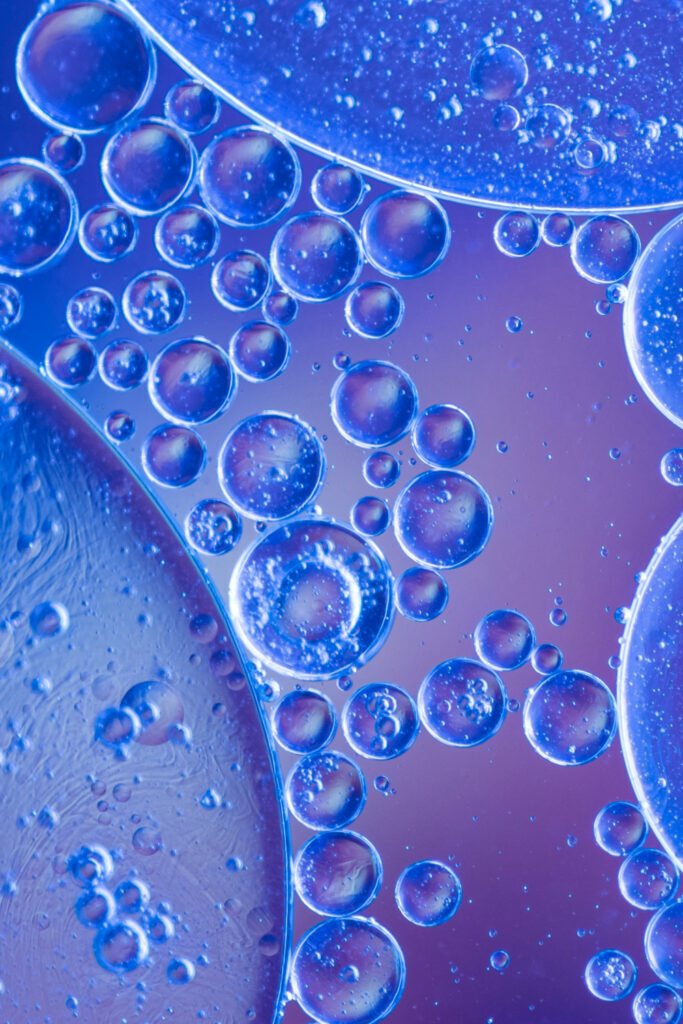
Biopeptides are long amino acid chains connected and linked through peptide bonds. They are released when enzymatic reactions break the bonds. They are usually derived from plants, animals, microbes, etc.
Different sources offer various types of peptides. Hence, it becomes imperative for you to learn about them before you buy peptides. Additionally, knowing about the synthesis process will help you determine the appropriate product.
This article will detail the common sources of bioactive peptides. Additionally, we will share the synthetic process that major clinical researchers employ. Read along to know more.
Table of Contents
Common Sources of Bioactive Peptides
There are two major sources – plants and animals. The different BPs have diverse properties. While some are incredible antioxidants, others are effective ACE inhibitors. Additionally, the derivation procedures are also distinct for them. Check out how flora and fauna contribute to peptide synthesis.
1. Animal
- The first and most abundant source is blood. The serum albumin helps in synthesis after undergoing hydrolysis with multiple trypsin concentrations. Additionally, the bovine hemoglobin was found to produce 75 distinct peptides through low-resolution chromatography.
- The high protein content in eggs is known to all. Hence, it is obvious that egg whites are an especially important source. However, phosvitin found in the yolk also constitutes 7% of the protein content.
- Milk and milk by-products like cheese, yogurt, cottage cheese, etc., are also great sources of proteins. This is why infants are fed milk in their early stages of growth.
- Meat is another potential source of active peptides. Enzymatic hydrolysis is the synthetic process of deriving peptides from animal meat. The common digestive enzymes are trypsin, pepsin, and chymotrypsin.
2. Plant
- Cereal grains like oats, barley, rice, corn, rye, etc. Peptides derived from them offer multivarious benefits.
- Common legumes like soybean, mung bean, lentil, etc., are abundant sources of peptides. Peptides derived from these sources are provided with advantageous substances like glutamine, arginine, and aromatic amino acids. Fermented kidney beans also contain low molecular weight BPs.
- Fruits are generally regarded as a power-pack food option because of their vitamin content and protein percentage. Fruits like guava, apricot, banana, etc., are considered appreciable food sources. Additionally, by-products like fruit seeds are also a considerable source.
Popular Methods to Manufacture Bioactive Peptides
Three major methods are used for BP synthesis – chemical synthesis, recombinant DNA, and enzymatic synthesis. In the first method, chemical reagents the peptide bond formation. The science behind this is acids and alkalis are treated to reach the necessary pH level. This will lead to the precipitation of proteins and the derivation of BPs.
Specific protases act as potential catalysts to facilitate the splitting of peptide bonds. Enzymatic hydrolysis is the most effective methodology for producing Bioactive Peptides. However, the temperature and pH level must be optimum for desirable results.
The third procedure comprises cloning and ribosomal technology. The peptides here are produced by overexpression, site-directed mutagenesis, and overexpression. Here, the genetic material is altered to enhance the features of that living organism.
Conclusion
Bioactive peptides have significant uses in various industrial sectors. Hence, it is usually produced in large quantities to meet the increasing demand. This guide will give you a clear idea about the entire production chain of BPs. If you are into clinical research, make sure you get peptides from authentic sources like Lotilabs.
